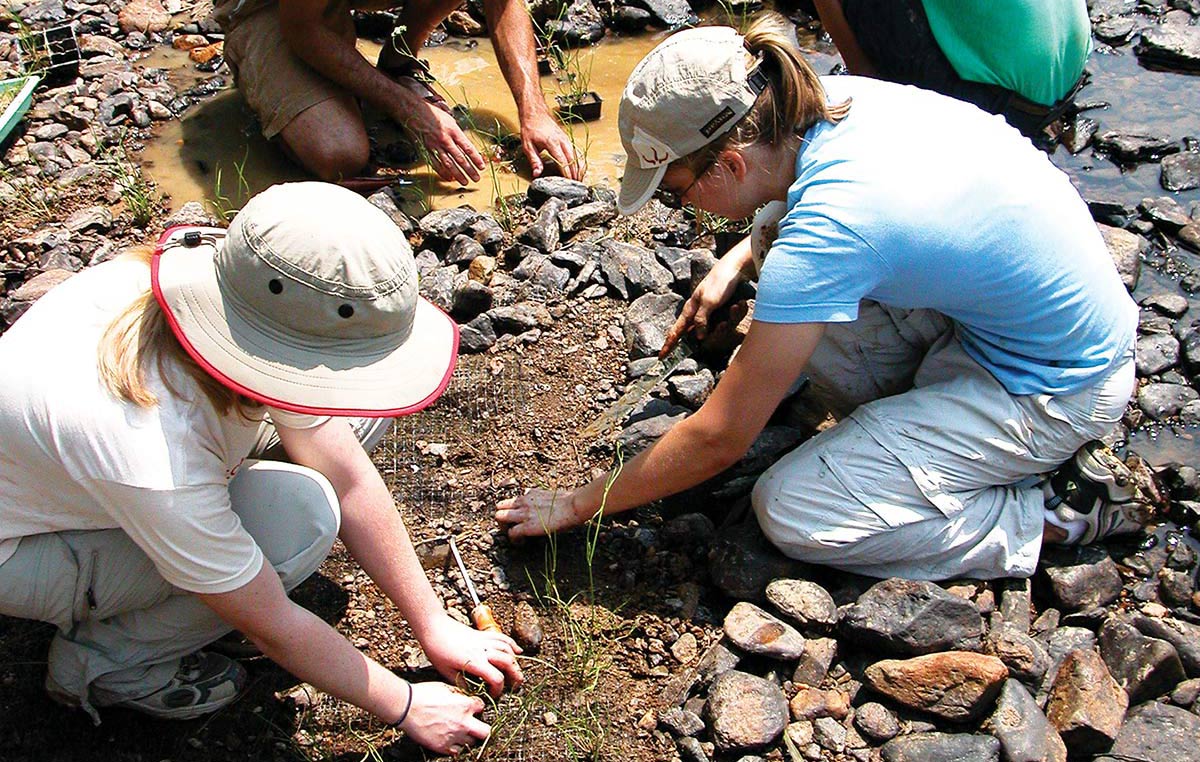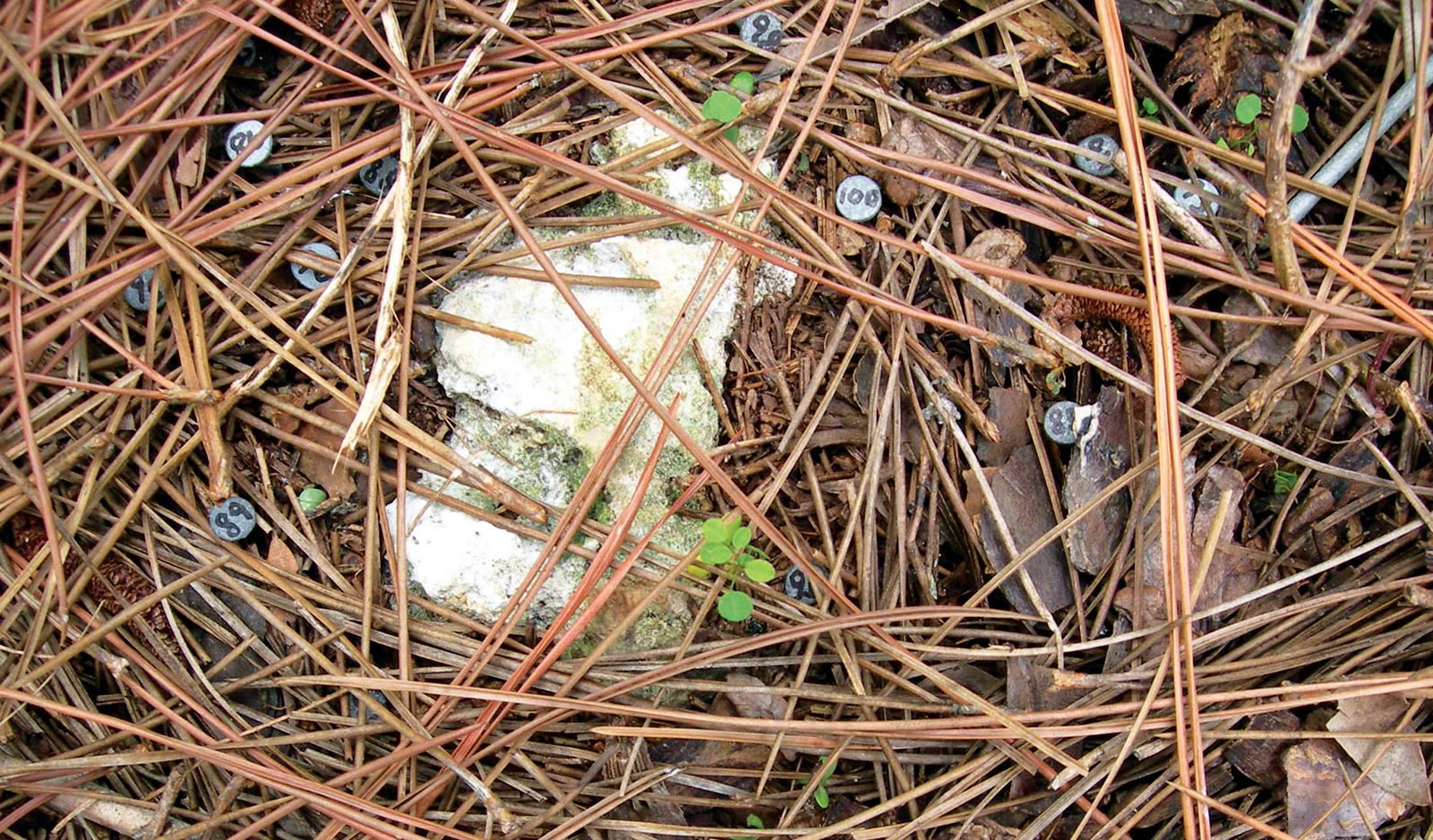The Logistics of Reintroduction
The logistics of the reintroduction day often entail coordinating many details and people. It can be a time of great celebration as a high point in the steps towards a species’ recovery. Particularly when involving volunteers or inexperienced personnel, coordinating logistics well can result in an extremely satisfying event.
Plan how the reintroduction will be implemented.
Plan timing, materials, personnel, and logistics needed to implement the reintroduction. (See the “Questions to Ask Regarding Logistics for Implementation.”)
Improve site conditions for the reintroduced species.
- If necessary, remove invasive species or thin canopy to improve site conditions for the reintroduced species.
- Often it will be easiest to prepare the site prior to and on a different day than the reintroduction. If site preparation increases the potential risk of invasion by undesirable species or exotics, the site should be monitored for several months and outplantings should be delayed until the risk of invasion is considered low.
- Multiple site preparation treatments may be required to ensure ideal conditions for reintroduced plants.
Use a system, such as color coding, to easily distinguish plants in different experimental treatments.
- Select durable, long-lasting tags for labeling plants.
- Particularly if you have a large number of plants and a large number of people helping with the installation of the reintroduction, it is important to be able to distinguish plants from different treatments. For example, if you are testing plants that had mycorrhizal inoculum versus those that did not, clearly mark plants before moving to the field and clearly mark the location at the site where plants of each group should be planted.

 Questions to Ask Regarding Logistics for Implementation
Questions to Ask Regarding Logistics for Implementation
